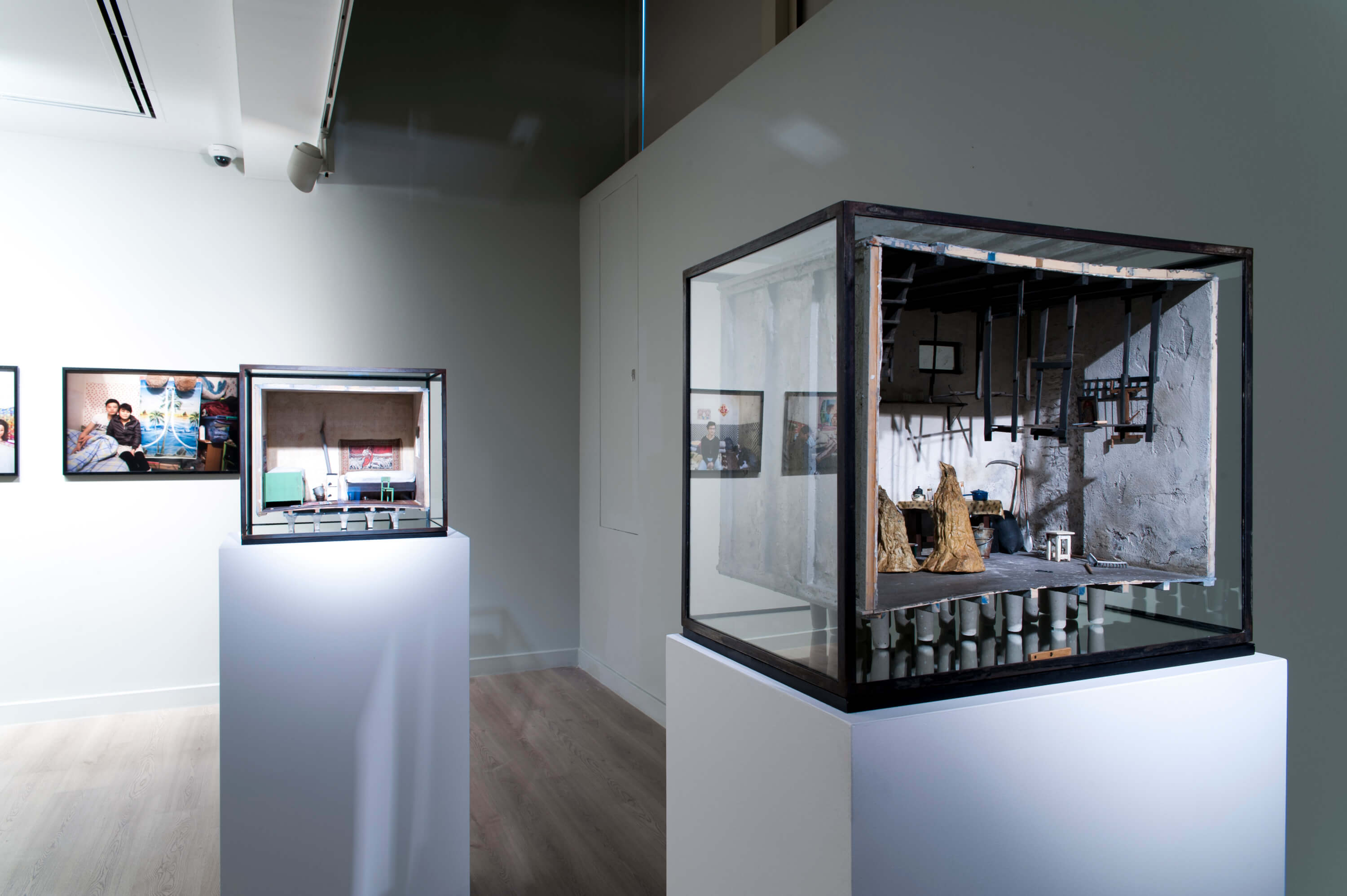Directors: Ronit Elkabetz, Shlomi Elkabetz
Cast: Ronit Elkabetz, Simon Abkarian, Gilbert Melki, Sulika Kadosh
Israel, France, 2004, 99', color
Arabic, French, Hebrew with Turkish subtitles
Haifa, 1979. After repeated disputes, the extended Ohayon family tries to mediate between Viviane (Ronit Elkabetz) and Eliahou (Simon Abkarian) – two people with nothing in common except for their religious-cultural background and their four children. Over the course of several days, the couple quarrels over tradition, love, fears and progress. To Take a Wife is the first chapter in the excellent trilogy by Ronit and Shlomi Elkabetz that continues with 7 Days (2008) and Gett: the Trial of Viviane Amsalem (2014).
Free admissions. Drop in, no reservations.
Trailer

Pera Museum, in collaboration with Istanbul Foundation for Culture and Arts (İKSV), is one of the main venues for this year’s 15th Istanbul Biennial from 16 September to 12 November 2017. Through the biennial, we will be sharing detailed information about the artists and the artworks.
Tuesday - Saturday 10:00 - 19:00
Friday 10:00 - 22:00
Sunday 12:00 - 18:00
The museum is closed on Mondays.
On Wednesdays, the students can
visit the museum free of admission.
Full ticket: 300 TL
Discounted: 150 TL
Groups: 200 TL (minimum 10 people)